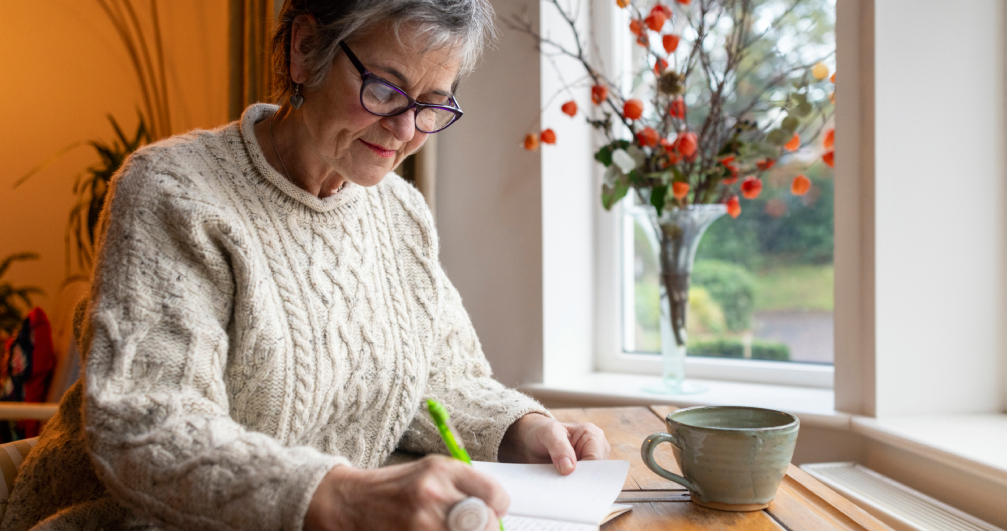Harper College will be closed Monday, September 1, in observance of Labor Day.


Beth McPartlin is the Wellness Manager at Harper College. Harper Wellness is committed to providing a campus culture and environment that strives to promote and enhance the overall wellness of its students, staff, faculty, and surrounding community. No matter what’s going on in your life, practicing gratitude can have multiple benefits for your mind, body, and soul. Here are some reasons why it’s beneficial and a few easy ways you can practice it throughout your day.

Practicing gratitude has consistently been shown through research to provide a boost in many different areas of your overall health and wellness. There are studies where individuals have written in a gratitude journal consistently and through those experiences have been shown to have lower blood pressure, feeling healthier overall and with a better outlook on life. Often, people think of gratitude as a simple act that feels good in the moment, but we know from research that it can have some really positive long-term benefits as well.

Practicing gratitude can help you center yourself and understand the positive things in your life. One study from the University of California, Berkeley showed how it’s easier for humans to think about the headwinds in our lives—the difficult things, the challenges, the things that are going wrong. But we often don’t think about the tailwinds—the things that keep us going and are going well in our lives. So, practicing gratitude can be an effective way to counter that tendency and help us focus on what’s going well.

Practicing gratitude doesn't have to be this hour-long venture; instead, it can be just a few minutes and can be done in a variety of ways. One way is with a gratitude journal. You don’t need anything fancy, just a piece of paper or a notebook. Either at the beginning or end of the day, simply write three things you’re grateful for. Really focusing on those things can help start or end your day on a good note. However you do it, consistency is key.

Another way to practice gratitude is to write cards or thank-you notes to family members, close friends, or other people in your life. Again, it doesn't have to be sitting down and writing 50 cards at once, but even once or twice a week. Whether you actually send that card to the person or not is your choice, but the research shows that even simply writing it can help boost your happiness and positive emotions.

The radio was broken in a car I used to have, so I got used to driving to work in silence. And yes, I could have used my phone to play music or a podcast, but I decided to use that time for silence as it allowed me to start my day by reflecting on things that are going well and what I'm grateful for. That daily practice really helped jumpstart my day a little bit better versus listening to the news or a podcast. Sometimes, noise is a nice distraction, but it’s also nice having something I can do easily that doesn't require me to write something down.
Whatever method you use, do what works best for you and your schedule. If one doesn’t work for you, try something else. Practicing gratitude isn’t going to take away all of your worries or make you feel happy all the time. But what it can do is provide a tool in your toolkit so that you can be the best version of yourself you can be.
Source: Summer Allen, Ph.D./UC Berkeley